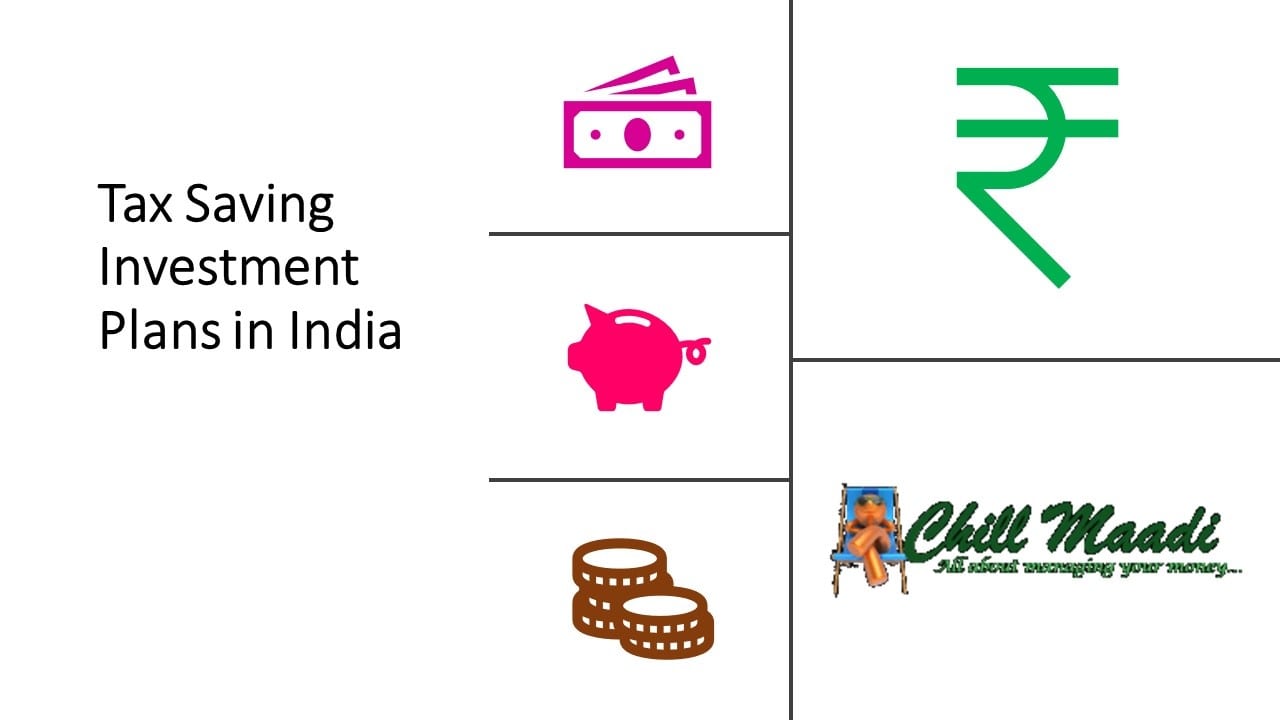A friend of mine asked me to review a ULIP. My first question to him was why ULIP? Why not go for a combination of Mutual fund and Term Insurance? Yes, you heard me correct. It’s always better to separate insurance from investment. Hence investing in a mutual fund, term insurance combo can be more useful than ULIP investment. I did some googling and here are my findings. In the illustration below, I am comparing a ULIP with tax saving mutual funds.
ULIP from ABC Company Ltd.
| Age (Yrs) | Term of policy (Yrs) |
Premium paying term (Yrs) |
Sum Assured (Rs) |
Premium (Rs) |
Maturity amount (Rs) |
| 30 | 10 | 10 | 10,00,000 | 1,00,000 | 15,20,375 |
Assumed returns rate: 10%
The figures used in the illustration above are based on that of an existing life insurance company.
The returns could vary across life insurance companies.
The scenario above is that an individual, aged 30, decides to invest a sum of 10 lakhs for ten years. He chooses to invest in a ULIP, the premium for which comes out to be one lakhs annually. Assuming 10% returns annually, his corpus stands at 15,20,375 after ten years. However, this illustration is misleading. That is because the returns calculated by life insurance companies are often on that portion of the premium (i.e. premium paid – charges, charges include mortality charges, administration charges and fund management charges etc. and can vary from 5 to 40%), that is invested after deducting all the expenses. Therefore, the net return on Rs 100,000 works out to approximately 7.50 per cent only.
Now suppose that the individual, instead of investing in a ULIP, buys term insurance and invests surplus in tax saving mutual funds.
Term plan from XYZ Company Ltd.
| Age (Yrs) | Sum Assured (Rs) |
Premium (Rs) |
Tenure (Yrs) |
Death benefit (Rs) |
| 30 | 15,00,000 | 3,600 | 10 | 15,00,000 |
The figures used in the illustration above are based on that of an existing life insurance company.
The returns could vary across life insurance companies.
A term plan of 15 lakhs costs 3600 Rs annually. Assuming the remaining amount of Rs 96,400 is invested in a Systematic Investment Plan, the maturity amount after 10 yrs is 15,34,993 (Assuming returns of 9%). We can see that the maturity value is still more than that of a ULIP.
Moreover, the best part about keeping one’s investment needs and insurance needs apart is that both work towards their respective goals separately. Therefore, in case of an eventuality, the individual’s nominees would stand to get not only the sum assured from the term plan (i.e. Rs 15,00,000) but also the amount that has been invested in a tax-saving fund.
